The classic interpretation of crystals is pretty much centered on quartz, with its pyramidal tops and distinct hexagonal prisms. The world of crystals is so much stranger and unique than that with many different forms of minerals being made up of unique structures that can lead to interesting shapes.
So, let’s look at some of the odd forms minerals take, and explore some minerals that contain them!
1. Phantom Crystals-Stop and Go
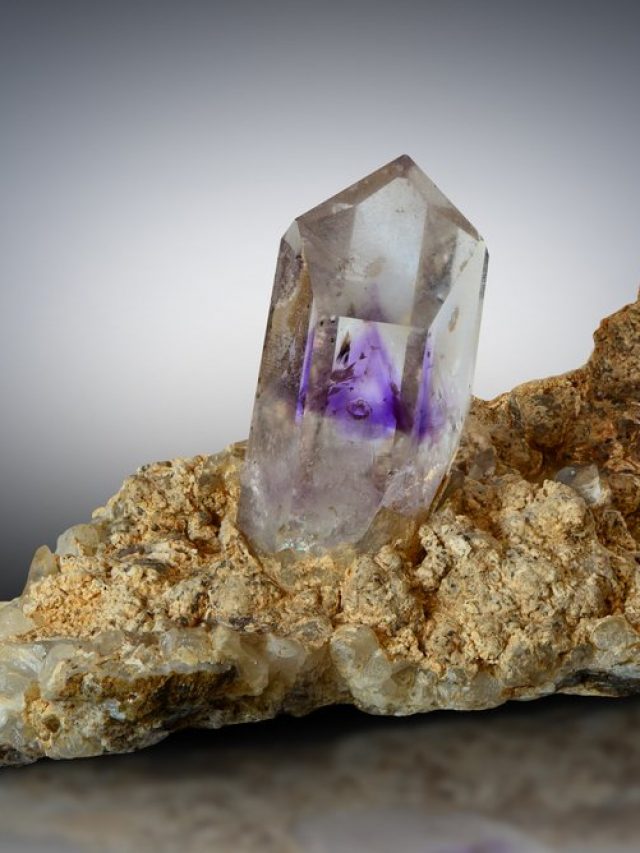
Phantom crystals are an interesting phenomenon where one crystal appears to encase another with the same form. The most famous show up in quartz crystals, where they’re a prized “defect” among collectors.
Occasionally, they can even be found with different coloration on the interior. Chlorite minerals, for instance, can create the impression of a green-streaked quartz crystal encased in more quartz. The reason for their growth in this pattern is simple: at some point, the crystal’s growth was interrupted but later conditions caused it to begin growing again.
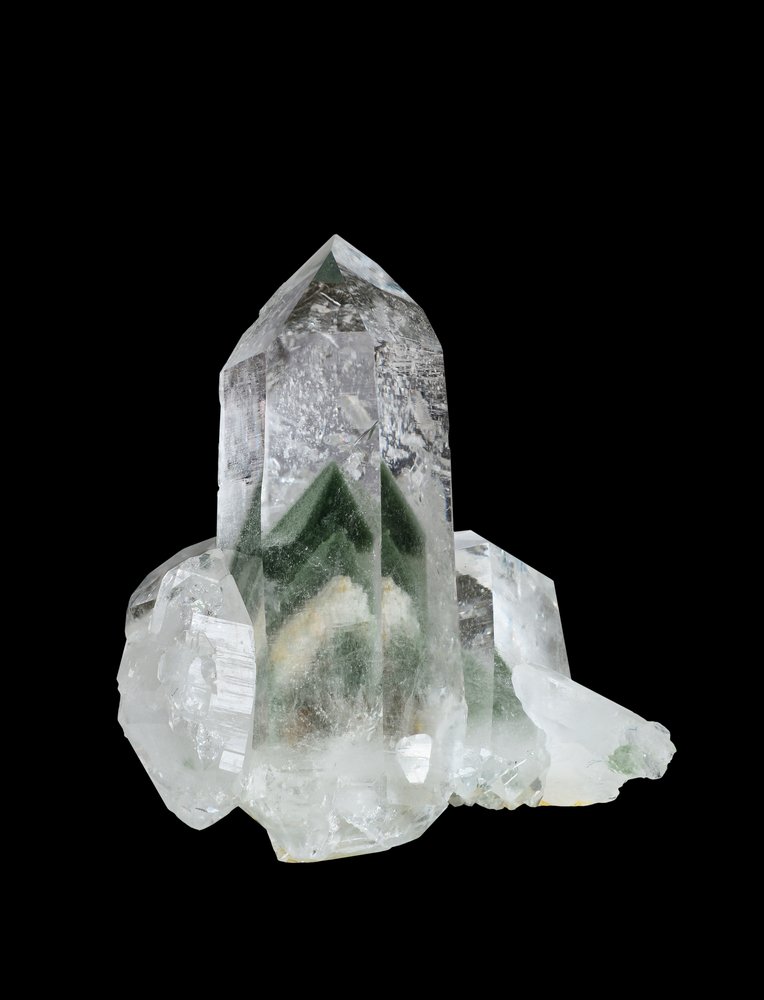
They don’t just occur in quartz, although those are the most common. Phantoms are also found in fluorite and a few other minerals. Just be aware that not everything named “phantom” is part of this anomalous growth pattern. For instance, “phantom calcite” is a banded variety of the common form of calcium carbonate and not an actual phantom crystal.
2. Twinned Crystals-Growing Together
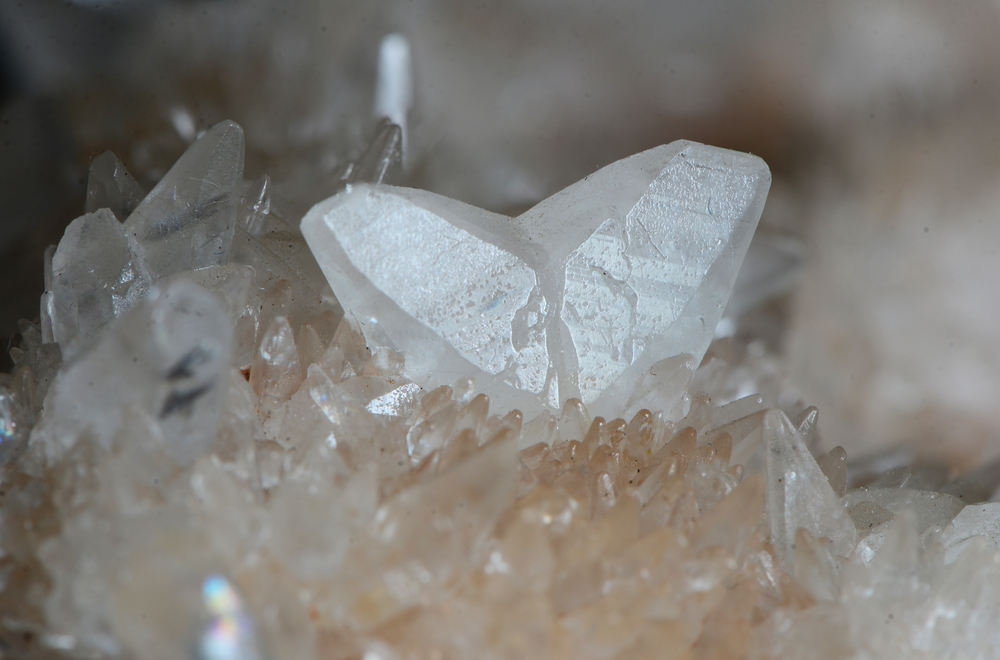
Twinning occurs when two or more crystals occur that share points in their lattice. The result is multiple crystals bonded together. Quite a few common minerals show this pattern on occasion. Generally twinned crystals closely resemble each other, but some of the odder forms of twinning like merohdral twinning, are a bit harder to recognize since they can collide on multiple planes.
Penetration twinning is a particularly interesting manifestation. In penetration twinning, one crystal will appear to be growing through the other crystal. This can occur in a wide range of different angles, but generally the closer to 90° they grow the more desirable the crystal.
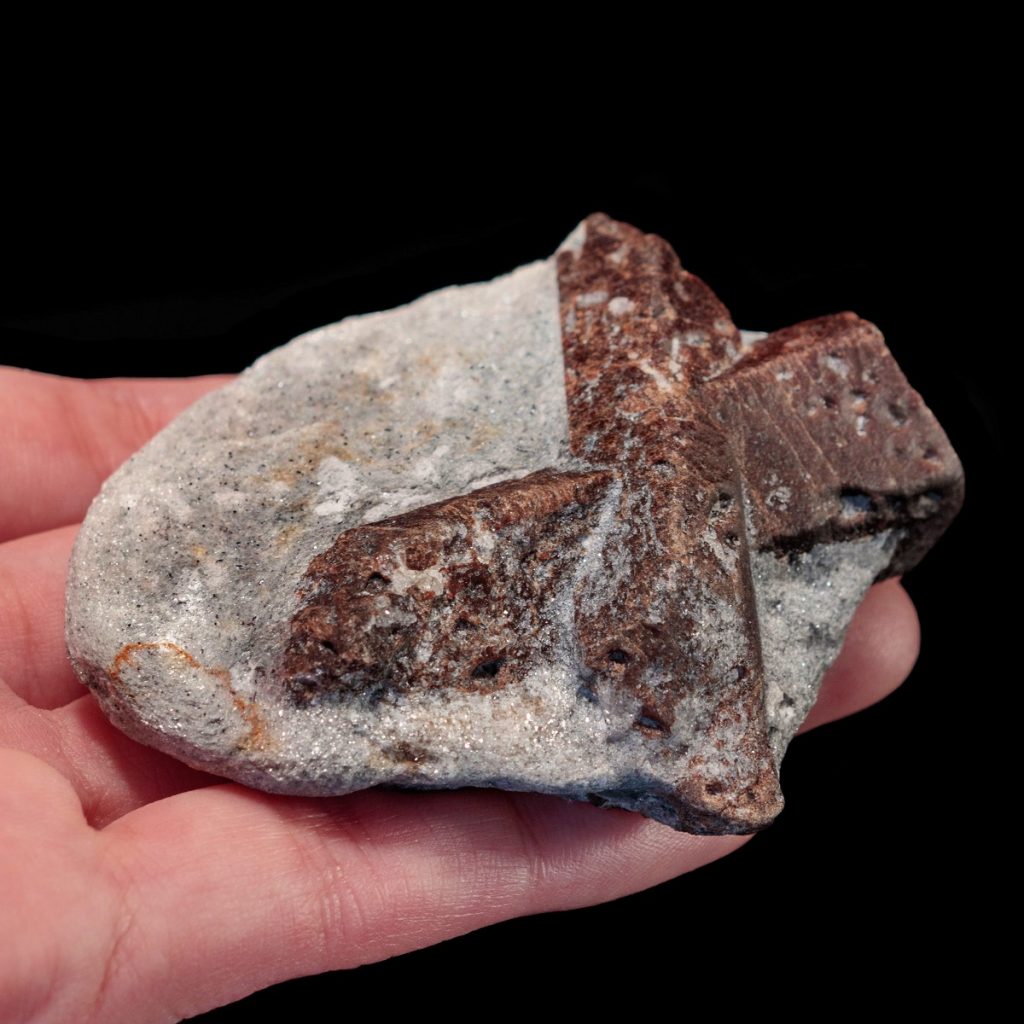
The most common example of twinning is “fairy crosses.” These are pieces of staurolite that grow together, with the best being formed at the aforementioned 90° angle. Other common minerals which exhibit interesting twinning include iron pyrite, orthoclase, and quartz. Repeated variations, called cyclic twinning, possess more than two crystals at a repeating angle and are a common feature of stones like chrysoberyl and spinel.
3. Skeletal Crystals-Accelerated Edge Growth
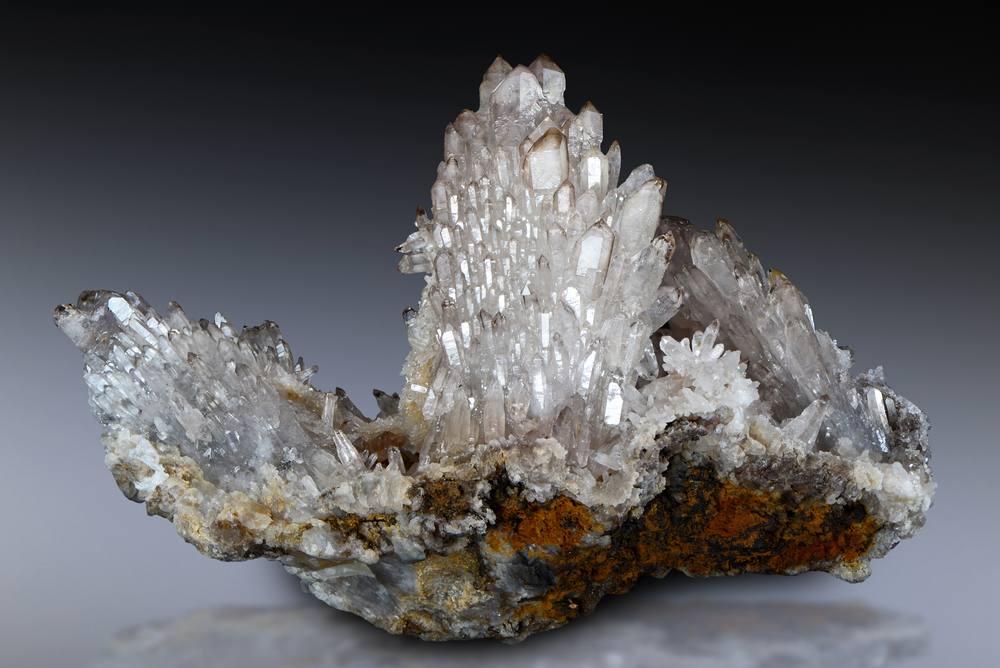
Skeletal crystals are one of the strangest formations out there. Essentially, what happens is that the outer edges of the crystal grow more quickly than the central bits. It’s often seen in quartz, where it often forms roughly and leaves gaps along crystal faces. These are sometimes filled in, and polished skeletal quartz can have a smooth surface that allows you to see the anomalous formation on the inside clearly while not still bearing it on the surface.
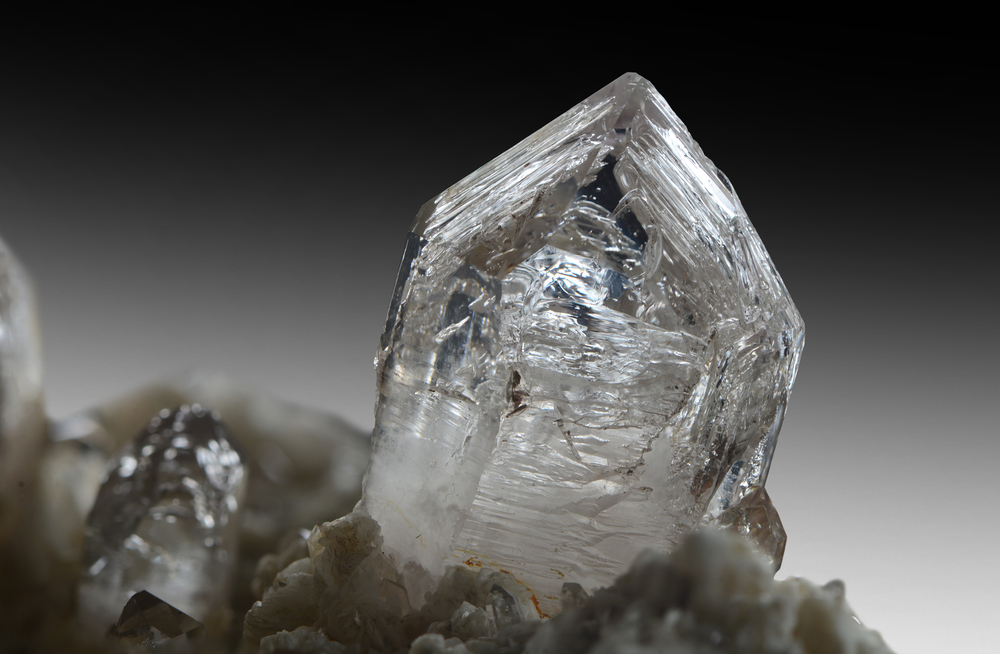
In other cases, we end up with hopper crystals. These are repeating geometric shapes without the central portion of the crystal being filled. Think of it like a series of different frames that are stacked on top of each other, although these can curl inwards. Halite commonly forms as hopper crystals, and recrystallized bismuth is a colorful, and sharply angled, demonstration of this crystal habit.
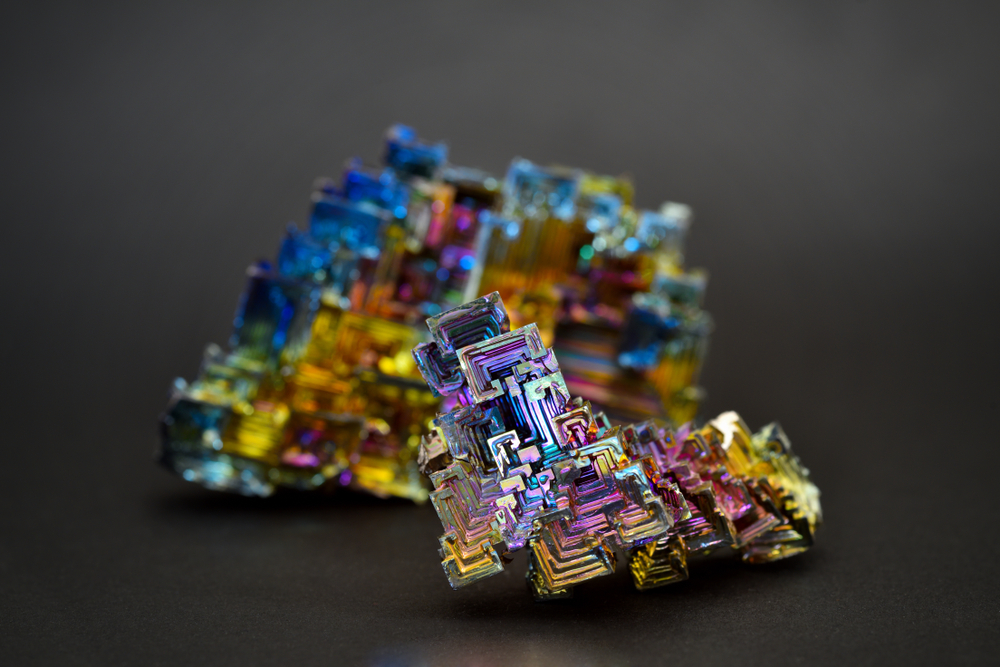
These crystals are the result of an ionic imbalance during the formation of the crystal, where the electrical attraction is highest on the exterior of the crystallizing solution. Common minerals found this way include quartz, calcite, halite, galena, and gold.
4. Bent Crystals-Rehealed or Deformed
By their very nature, crystals are generally some sort of geometric shape with straight lines. This holds true from acicular crystal spikes to large clusters of smaller prisms. Most crystals (selenite excluded) can’t even bend in the normal sense of the word since their brittle structure means they’ll snap instead. But crystals that have some form of bend do show up on occasion.
These crystals are generally the result of breaking and rehealing over time. For instance, you may find beryl or tourmaline in pegmatite that has been broken and rehealed over time. If enough time has passed, the former breaks can even be hard to see.
In other cases, something wonky happens during the crystal’s formation. I have yet to find a definitive theory, but it’s possible to find pieces of quartz and tourmaline with some rather severe bends that have no “healing” lines. Most theories revolve around some kind of defect in the crystal, although it’s possible they became heated enough to have become slightly pliable under the surface of the Earth.
5. Pseudomorphs-Replacement Minerals
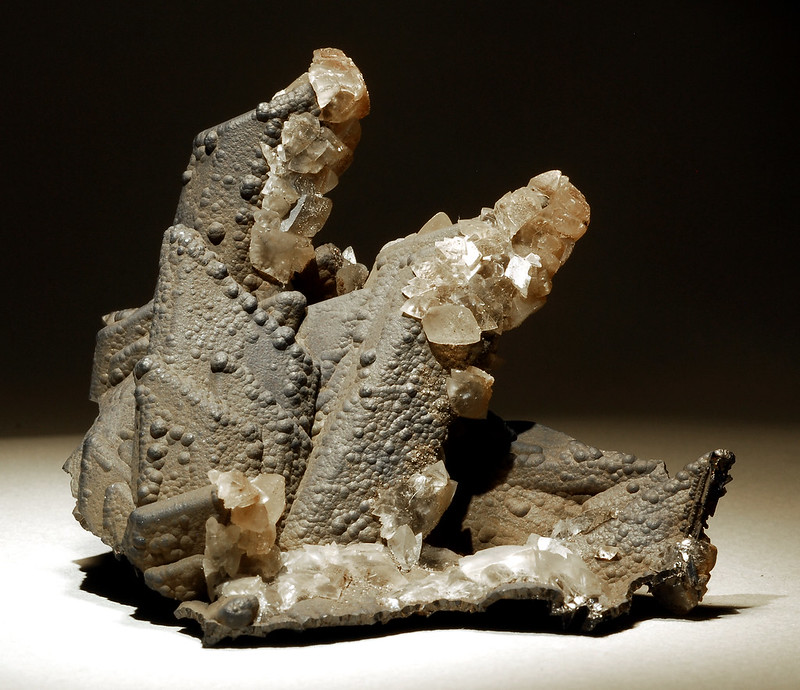
Pseudomorphs are a really strange phenomenon. Essentially, a mineral forms in its usual shape before being removed through some kind of geological process and being replaced by another mineral. So you could have, for instance, fluorite that bears the exact shape of a calcite formation that has been replaced.
This results in both oddities like cubic goethite replacing pyrite and some forms of fossil. Petrified wood, for instance, is usually a pseudomorph of a tree limb that was trapped under the Earth and slowly replaced with minerals like chalcedony while rotting slowly in an anoxic environment. In other cases, such as anglesite replacing galena, the result is from chemical processes changing the mineral itself. These can retain a core of the original material.
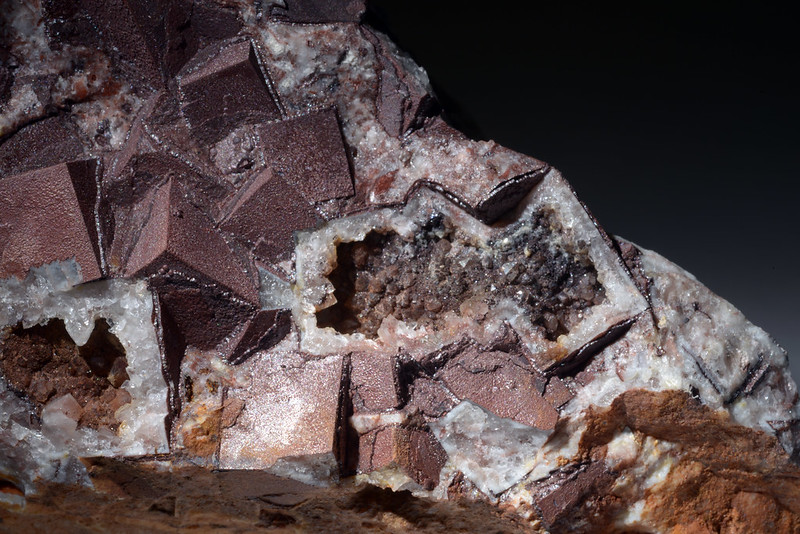
Pseudomorphs can lead to minerals having a very odd structure. Many fossils are also pseudomorphs, especially in the case of things like shells. The great variety found within them makes them a hot item for knowledgeable collectors, especially those who can easily recognize the dominant crystalline shapes of their minerals.
6. Scepter Crystals-Two Distinct Growth Stages
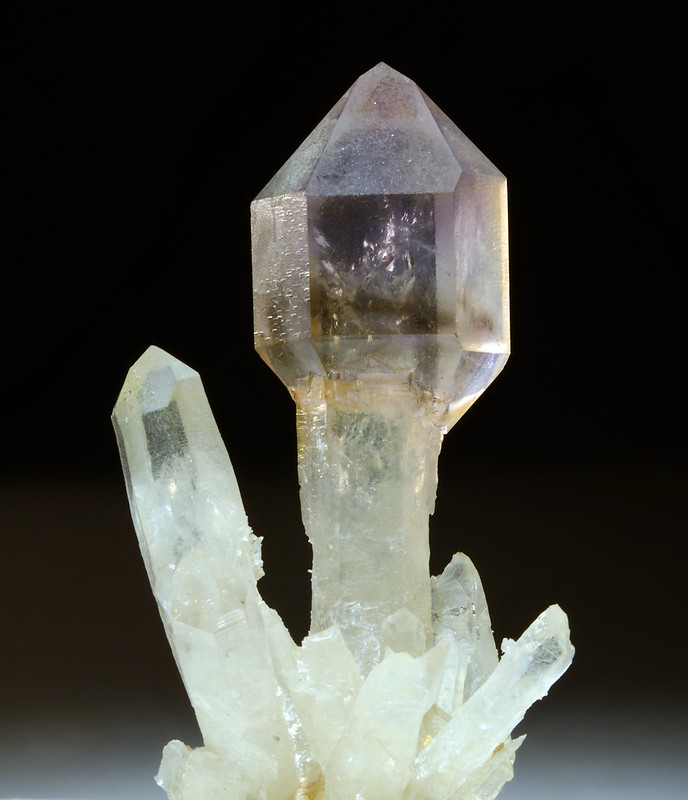
Scepter crystals consist of a crystalline prism that has another crystal grown on top. Generally, the top crystal will be larger which gives them their name. In some cases, the crystals may be different color variations due to the way they form, such as amethyst growing on clear quartz or vise versa.
The most common material to find these in is undoubtedly quartz. There’s a large market for them in the metaphysical side of the crystal trade, with them being termed likes like “Lemurian scepter crystals” and other fanciful sounding names. While fascinating, they’re still the result of normal geological processes.
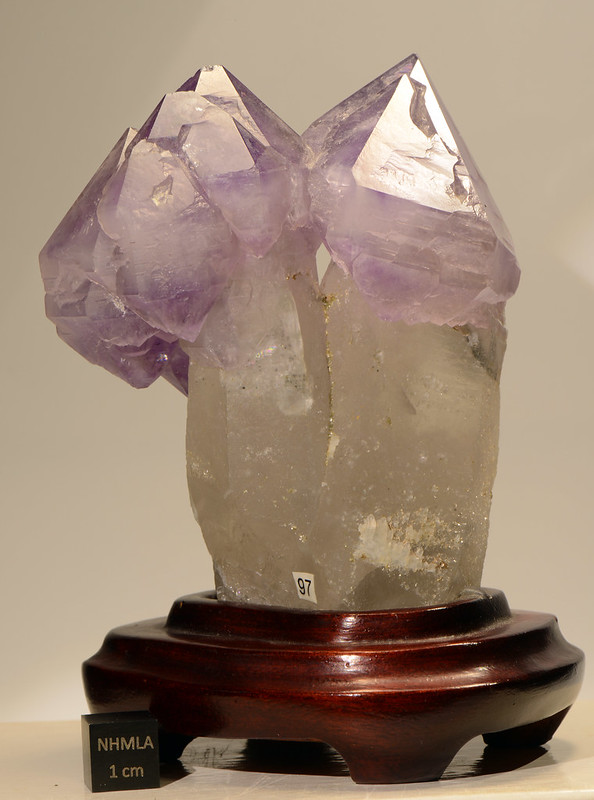
In this case, the “scepter” is a secondary growth that occurred after the formation of the crystal beneath it. In some cases, the newer crystal on top may be smaller, it just depends on how the crystal itself formed. These latter types are a bit less desirable to many collectors, but they’re a result of the same process as the more popular large-headed scepters.
7. Arborescent and Dendritic Crystals-Crystalline Trees
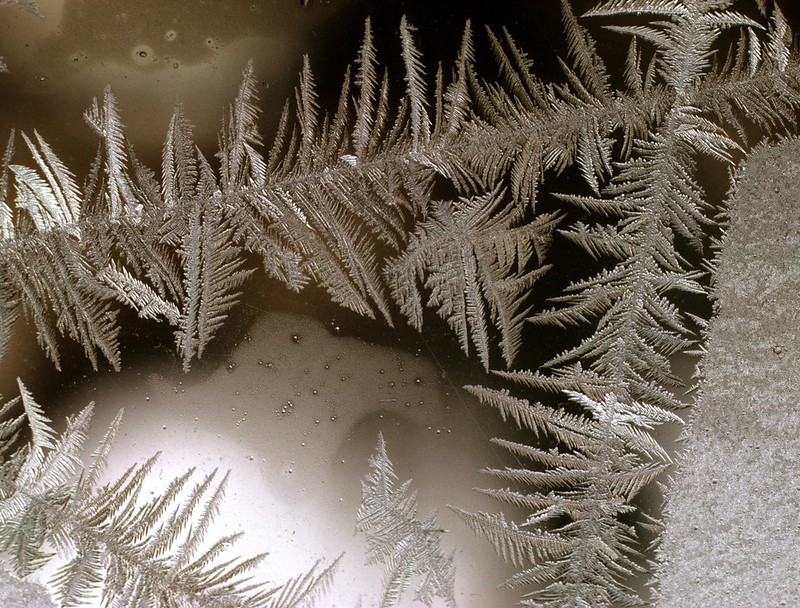
Arborescent and dendritic crystals consist of interlocking formations that grow from a central “tree.” Both consist of the same structure and the dividing line is a bit dubious. In general, dendritic crystals are more “moss-like” while arborescent crystals bear a similar form while being a bit more stout.
Both types of crystal are common among many minerals. The inclusions in moss agate, for instance, are generally the result of oxidized metal minerals that have formed into a dendritic pattern while crystallizing in the proto-agate silica-rich gel.
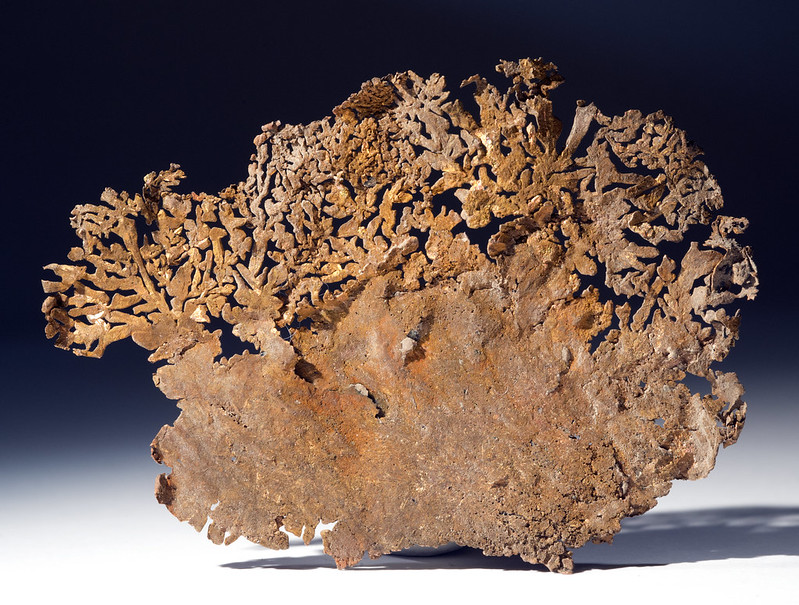
Perhaps the most fascinating of these crystal types are found within native metals. Copper, silver, and gold are all found in fairly pure (95%+) forms in nature, and dendritic patterns are common for these native metals. Dendrites can be seen as their structures and as inclusions in otherwise clear stones like quartz.
8. Acicular Crystals
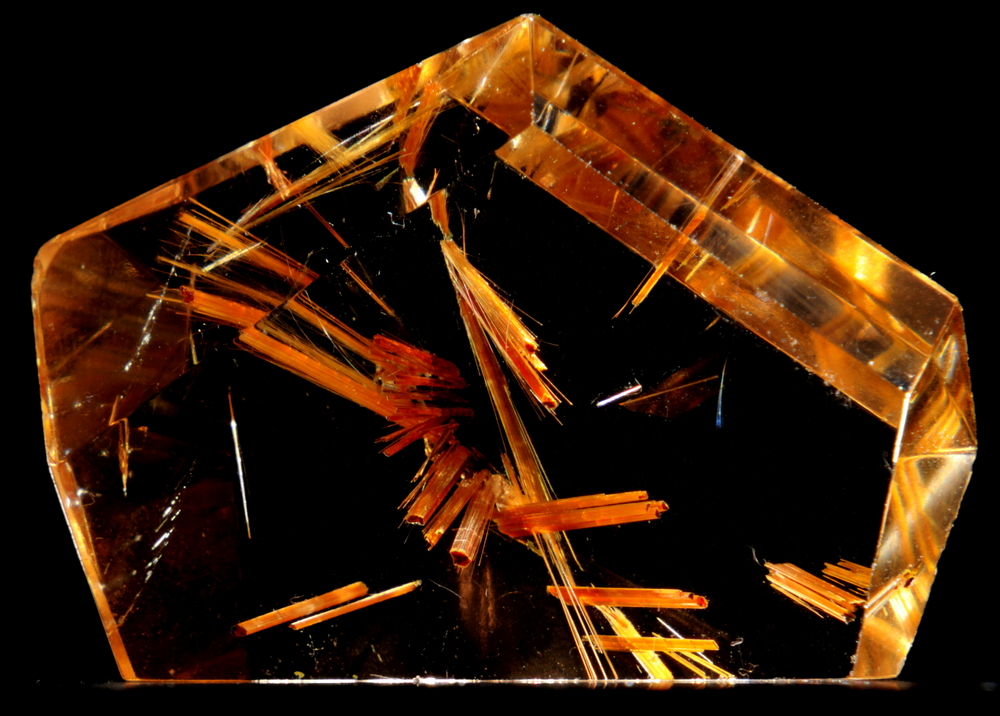
Acicular crystals are formed of needles of mineral material. This isn’t just a cluster of thin prisms, acicular minerals are required to taper to a fine point to be included in the category. In extreme cases, they can even resemble puff balls to the casual observer, owing to the presence of dozens to hundreds of fine crystalline needles coming from a central point.
Acicular crystals are different from fibrous ones, mainly by the size of the individual crystals. Some fibrous minerals can also be bent, which generally isn’t the case here. Instead, acicular crystals are generally quite rigid, with too much pressure resulting in the needles breaking.
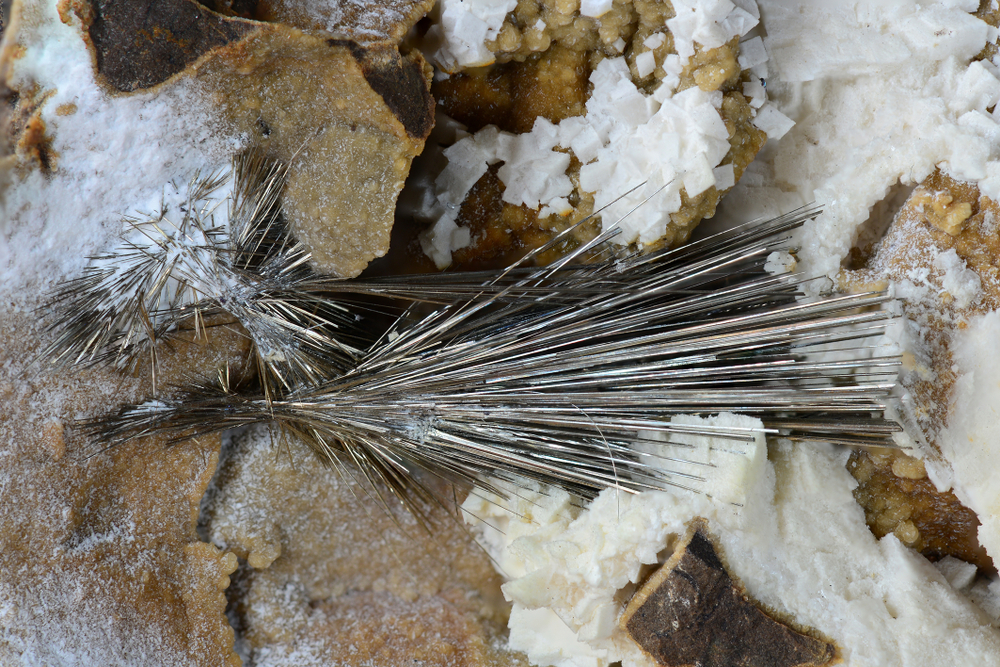
Acicular crystals can form on their own or in geodes, a prime example being millerite which forms sprays of needles inside of voids. In other cases, they can be trapped as inclusions in other minerals. Perhaps the most famous case of the latter is the inclusion of acicular blue crystals of dumortierite in quartz.
9. Botryoidal Crystals
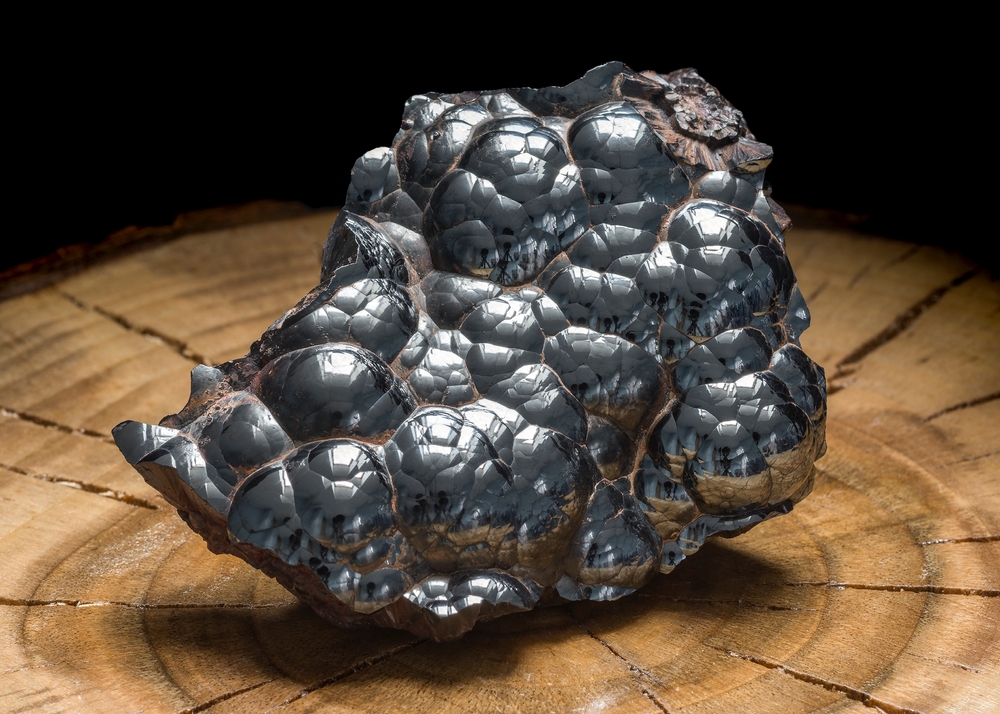
Botryoidal crystal formations are common among minerals. They’re an imperfect form of crystal, resulting when there are many nuclei within the same central area. Each of these forms into a sphere over time, creating a stone that is comprised of many interlocking spheres. Hematite and malachite are often found in this form.
Botryoidal crystals are the logical conclusion of the puffball effect I touched on in the entry above. The mineral begins to crystallize in an acicular (or sometimes fibrous) habit and continues to fill in over time until it’s a solid piece of stone. The result is a mass of mineral balls that are fused.
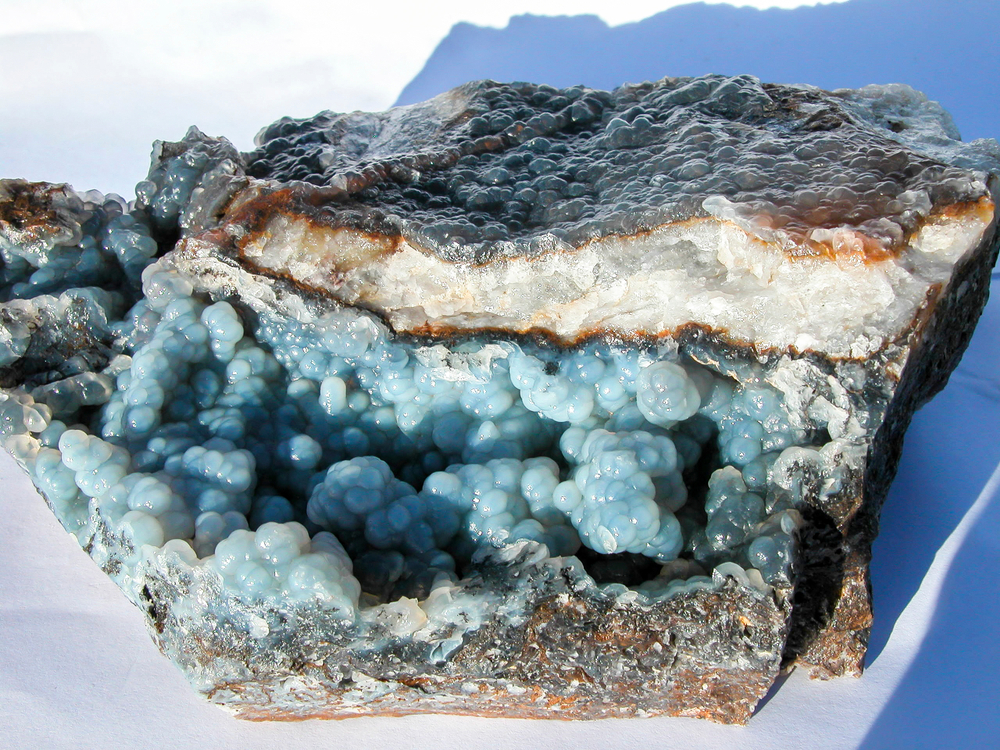
Many common minerals show up in this form. Chalcedony, hematite, malachite, and dozens of others often show up as botryoidal forms. These crystals are my favorite example for introducing new rockhounds to just how odd crystals can be compared to how we think of them. While natural and common, it’s not easy to wrap your head around just how they were formed!
- Online rock and mineral club for collectors of all levels!
- Find community with like-minded rock and mineral enthusiasts.
- Monthly Giveaways!
- Free Access to Entire Digital Library of Products (annual memberships)


